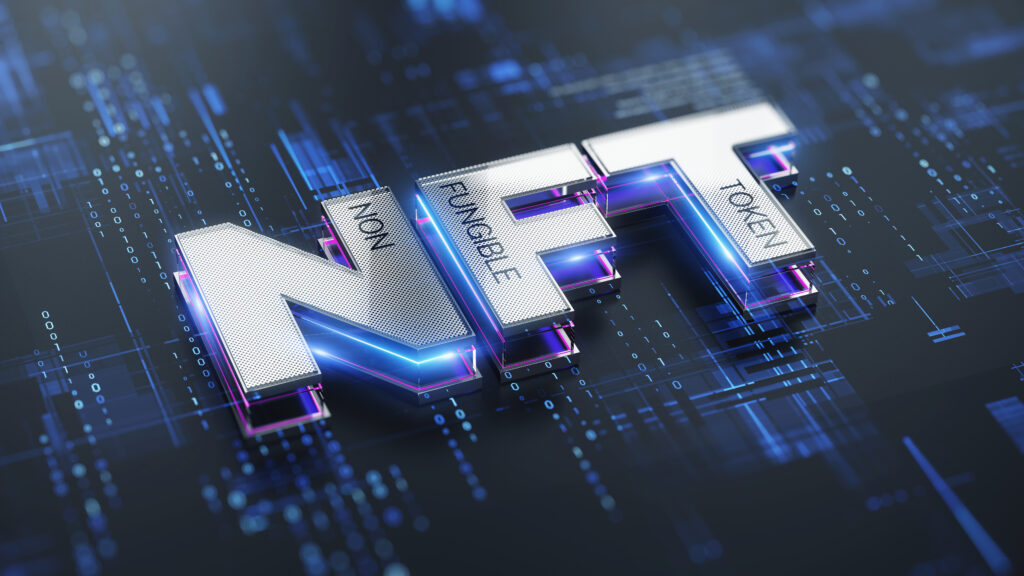Bitcoin

BITCOIN - BLOCKS OF DIGITAL ASSETS
- Bitcoin, Non-Fungible Tokens (NFT’s), and Property -
We are finding an increasing number of clients with digital assets on their balance sheets and, as such, we are investing our time, effort, and money learning about these new forms of property and other uses of blockchain. As property, some forms of digital assets are regulated by the Securities and Exchange Commission and digital assets are considered capital assets by the Internal Revenue Services for tax purposes. As property, they can also be held in trusts and conveyed to others, perhaps by a blockchain trust or will. Blockchain is not only used to create assets, but is used as a medium of contract, payment, and other processes.
Blockchain is a general purpose technology, meaning that it is a medium instead of an end product. Yes, it was created as the backbone of Bitcoin, but that is simply one implementation of the technology. As an analogy, man created paper to deliver his word more easily, since sheets of rock and animal skins seemed primitive. However, the creators of paper did not realize they created a medium that could be utilized to create new products, such as paper air-planes, paper snowflakes, coffee cups, or origami. Blockchain is currently at its infancy in our society. Whether you understand it, are aware of it, keep hearing about it, or feel you do not need to understand it, blockchain will be within all of our daily lives in a matter of a few years. The purpose of this article is to explain the mechanics of how a blockchain functions and how a blockchain can be utilized for things not cryptocurrency-related.
A blockchain is exactly what it sounds like, a chain of blocks. A ‘block’ is the encryption of data or transactions within it. The “chain” is the link between the two blocks in order to trace the block up the chain. There are four components to a blockchain: (1) the previous block’s hash, (2) input data, (3) the current blocks hash, and (4) the nonce. A block hash refers to the trans-formation of input data into a fixed size string of variables performed by a specific algorithm. Each block contains three components: (1) the input data, (2) the previous block’s hash, and (3) the nonce. The input data can be anything from a ledger of transactions (as in Bitcoin), to a picture, or your will or trust (we are not advising this as of now). The block’s data, when input into the specific algorithm utilized by the block-chain, will generate a string of variables called the block hash. This is the encryption mechanism. However, one variable still remains, the nonce. In order to encrypt a block, digital data miners input different nonce in order to complete the block and generate a correct current block hash. Therefore, the following formula is used to explain a completed block.
previous block hash + input data + nonce = cur-rent block hash (indicating a completed block)
Imagine that we have 3 completed blocks: Block 1, Block 2, and Block 3. If anyone were to change any variable to Block 2, the algorithm will generate a new block hash for Block 2. Remember, Block 3 is “chained” to Block 2 by the utilization of Block 2’s hash. So, the “chain” is now broken and every party on the chain now knows this. The defect must be cured in order for the break to be mended to effectuate the payment, a smart contract, or other blockchain use. This is the mechanism that makes blockchain dependable: every party to the block is dependent on the other to complete the block and any tom-foolery immediately becomes apparent.
The blockchain can be centralized or decentralized. A centralized blockchain stores the blocks and input data within a central location, computer, or firm. A decentralized blockchain does not utilize a central storing house for the input data and is, therefore, decentralized. Bitcoin functions on a decentralized blockchain. The main selling point of a decentralized blockchain is that it is not dependent of any authority. This is why many have taken to securing assets in decentralized cryptocurrencies, as they do not trust the future of our financial systems and find decentralized cryptocurrencies more secure, even in light of the current crypto market volatility.

Where blockchain gets even more interesting is in its utilization for purposes other than currencies. Digital artwork is being sold on blockchains as a Non-Fungible Token (“NFT”); contracts are being implemented as smart contracts on blockchains; major overseas shipping companies are utilizing blockchain to organize their ship-ping process (ShipChain); and even whole “new worlds” are being created in the Metaverse. And if you thought this technology is only being implemented by start- up companies, consider Lockheed Martin who has recently implemented blockchain into their cybersecurity system and are currently researching implementation of block-chain into their company software. Ford Motors recently filed a patent suggesting the company is seeking to implement a blockchain system that allows a driver to transfer cryptocurrency to another driver to pass them on the highway. The main selling point for utilization of this technology by businesses is the full transparency for any party to the blockchain and assurance that all is secure. Again, if any part of a block is tampered with, the chain will not be complete and the parties will not be able to proceed until it is corrected. As you can see through major business implementation, blockchain will become as common as the internet and, therefore, it is advisable to at least become conversational of the technology.
Conner R. Kempe, Esq., LL.M, has received a certificate from MIT’s Sloan School of Management, on Blockchain Technologies: Business Innovation and Application, 2021-2022, and is attending the Saïd Business
School, University of Oxford, England, How are Cryptocurrencies Driving Innovation, program where he will receive a second certificate in blockchain technology.